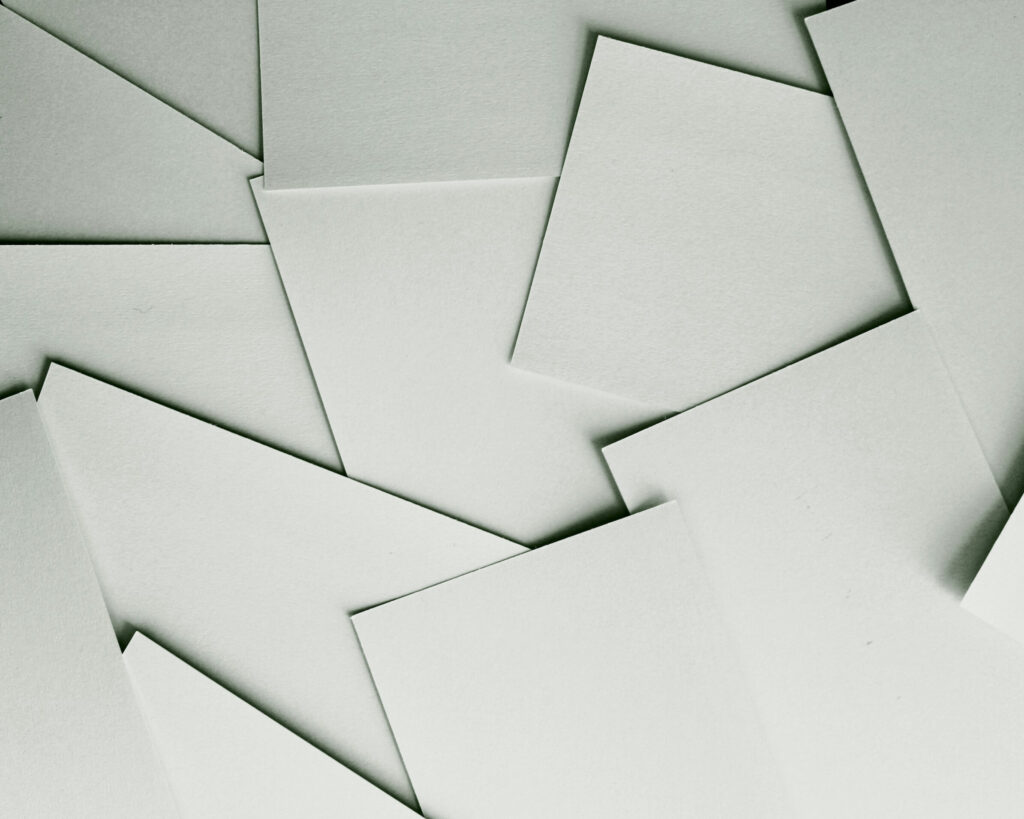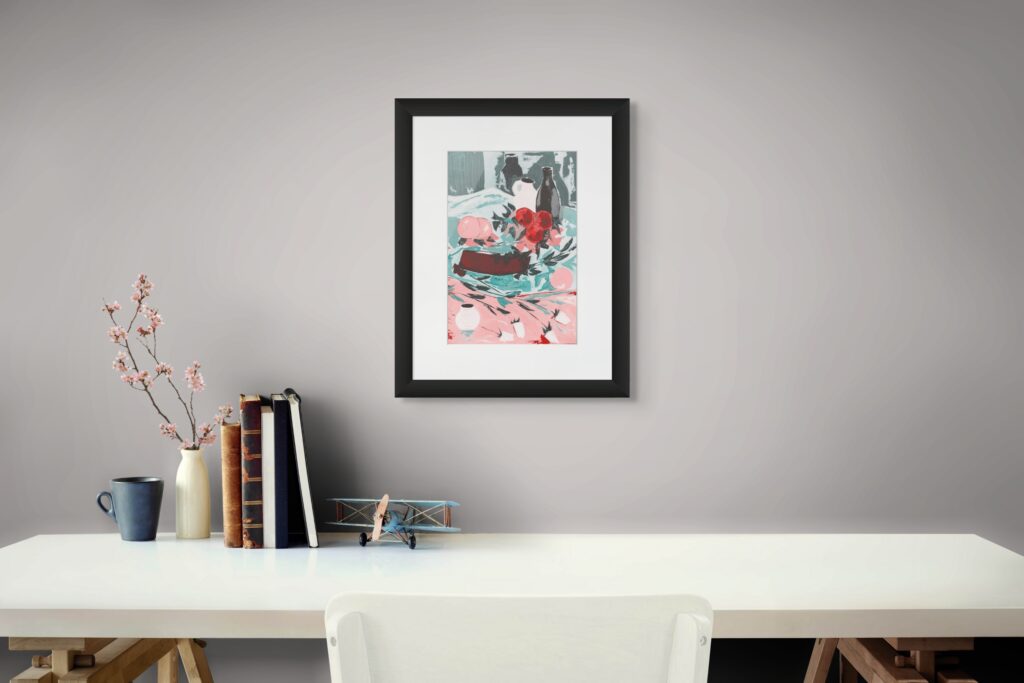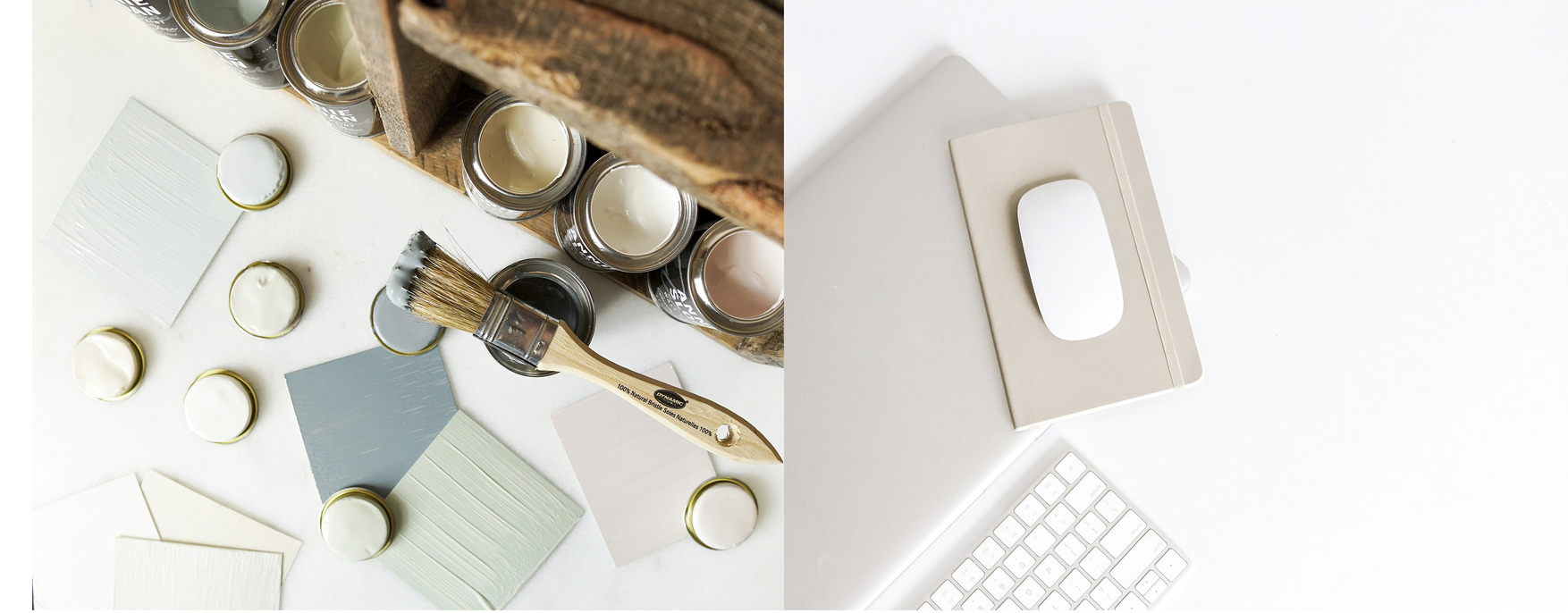Welcome to the world of giclée prints, a fine art printmaking technique that combines state-of-the-art technology with traditional artistry to create stunning reproductions that capture the essence of original artworks.
Behind this popular option for art prints is a method that preserves the artwork’s original details while allowing the artist to open up to new audiences by providing more affordable options beyond original pieces.
If you are interested in creating high-quality and valuable reproductions of your artworks, this is your starting guide to giclée printing.

Professional-grade inkjet printers are used to create fine art prints known as giclée prints.
Contents
What is Giclée print
The first thing you need to know before diving into printmaking endeavors is what kind of art print giclée is. A giclée print is a reproduction of an original artwork created with a professional-grade inkjet print, archival inks, and canvas papers to obtain a reproduction that can match the texture, colors, and shadows of the original piece.
What are the characteristics of giclée print?
-They are high-resolution and can reproduce even minimal details of the original piece.
-They are reproductions based on a high-end scan of the piece or high-quality photographs of it.
-They are color-accurate, being able to color-match the original palette the artist used on the artwork.
-They are done with acid-free archival paper or canvas, which offers lifelong longevity to the print.
-Discolouring and other signs of damage are minimal with the passage of time.
-Giclée prints are usually made in open or limited edition reproductions, which can increase the value of the print.
-It’s really popular among photographers and digital artists, but a wider range of artists using different mediums are embracing the technique every day.
With a top-notch technique, materials, and results, these prints stand out from others and offer collectors a chance to acquire a piece closer to an original but at a more affordable price range.

Acid-free archival paper or canvas are used to ensure the quality and endurance of fine art prints.
How can you create your own giclée prints
As mentioned before, you need a few things to create a giclée print of one of your original artworks. The first is a high-resolution scan or photograph of the piece. Scans are advisable for smaller artwork, but a high-resolution photograph is the way to go if you work with big formats. This digital file must be 300 DPI or dots per inch, or even higher.
Once you have this high-quality digital file of your artwork, you need a professional-grade inkjet printer designed for the giclée printing technique. Depending on the size of your artwork, you might need to use a wide-format printer. Another digital artist tool that is essential for this process is a color management or calibration tool to ensure the colors of the original artwork are reproduced accurately. You can delegate these tasks by working with a third party, like a print-on-demand service.
Canvas or paper? This is another essential choice you need to make to create high-end giclée prints. To secure the quality of your print and its endurance over time, it’s advisable to use acid-free archival paper. Options range from cotton rag paper to glossy photography paper. Using archival-quality canvas is the way to go if you want a look that brings the print closer to the original.
The final touch is offering framing options to secure the reproduction further and offer a top-notch product to your collectors.
If you are looking for options for packaging and framing your pieces, check “ArtPlacer Deals” over ArtPlacer Academy. Log in to your ArtPlacer account or start your free trial to access it.

Giclée printers use up to 12 archival inks to recreate and emulate the colors and shades of original artworks.
What is the difference between Giglée and other traditional prints
Let’s take a deeper look at the different kinds of prints available in the market. Some of the most common techniques used to create art prints are etching, lithographies, woodcuts, and stenciling. All of these techniques are based on a simple premise: there is a primary graphic piece that will or can be transferred to different mediums with the help of ink and a matrix or embedded surface used to transfer the piece.
On the other hand, a giclée is a high-quality print done with a professional inkjet printer that uses over 10 inks sprayed over the medium, frequently acid-free archival paper or canvas. The term “giclée” derives from the French “glider,” which means to spray. This is what gives the fine art print the detail and vibrancy that characterizes it. The technology, materials, and techniques involved mix to provide high-resolution reproductions of original artworks.

You can showcase your art prints on your website or art e-commerce with the help of Room Mockups.
Why you should offer Giclée prints as an artist
Why would you make giclée prints of your artwork? Why would any artist do prints of their pieces? There is no single answer, but most artists choose this option because it offers accessibility and affordability. Creating prints of your art allows you to provide different price ranges that appeal to a wider variety of collectors and their budgets.
Giclée prints offer a solution to making art more accessible without compromising its uniqueness. What the collector is getting is as close as an original can get. This is an ideal solution for people who are starting their collections or are not ready to make a bigger investment in their art yet.
For the artists, there is even an additional commercial value. Creating limited or open edition giclée prints allows you to create a sustainable new stream of income that can generate multiple sales without needing to produce new pieces. It is a time—and resource-saving solution if you want to increase your overall art sales or kickstart your art business.
How to price your Giclée prints
When pricing a giclée print, you need to consider that the price needs to reflect the value of the pieces as well as the market demand. However, you must also cover one essential part to make this a profitable art venture: production costs.
Different from pricing other kinds of artworks, pricing a giclée print requires you to take into account the value of the archival paper or selected medium, the archival inks, and the use of a professional printer or a printing service. If you are not using a third party for printing you also need to add to the price the cost of labor of preparing your artwork for digital reproduction.
Another factor that adds value to the price of your artwork is the edition size. Are you going for limited reproductions or an open edition? This is your choice as the author. The smaller the edition size, the higher the price per print can be.
If you want to get ready-to-use formulas to price your prints, check the article “How to price your art for profit and growth: The ultimate guide” over at ArtPlacer Academy. Log in to your ArtPlacer account or start your free trial to access it.

Showcase your fine art prints in all sizes available and help collectors make an informed purchase decision.
How to promote and sell your Giclée prints online
Once your giclée prints are ready, it’s time to promote your work online and help it reach the right people. Room Mockups powered by ArtPlacer is the perfect solution to create “lifestyle” images to enrich your fine art print product page, showcasing the print in exquisite rooms with different styles.
One of the many advantages of using this feature is that you can show your prints in the different sizes you have available. Plus, the art prints are displayed at a real scale, giving the potential collector a better sense of how it will look in their space and what might be the right art print size to add to their collection.
You can follow this step-by-step guide to create Room Mockups of your giclée prints.
Now that you know how to create, promote, and sell your giclée prints, you can cater to different audiences and offer different options for acquiring your pieces.



